A seemingly harmless TikTok video has gone viral as a plant expert begs viewers, “Don’t do this!”
In the original video, a man can be seen jogging through the woods, throwing seeds haphazardly in the brush beside him. But a plant expert reposted the clip with words of wisdom: She says planting seeds where they don’t naturally grow is dangerous for the environment in more ways than one.
The Viral TikTok of the Man Throwing Seeds in the Woods
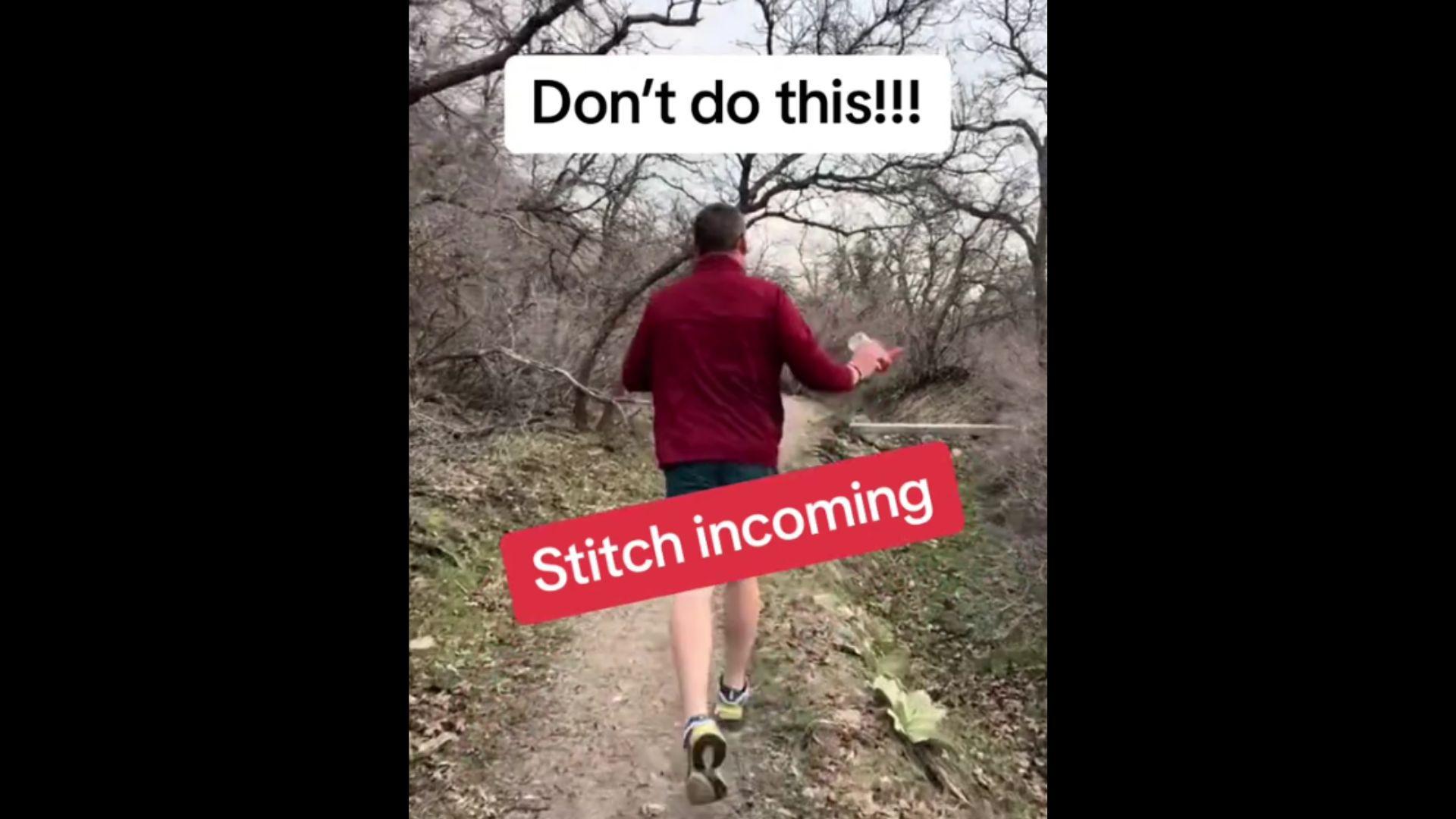
The original clip shows a man running through the woods, sprinkling seeds along the side of a wooded trail. He says aloud, “I’ve been planting perennial food crops in nature for years.”
User @free.plants.forever’s version quickly cuts away from the man, spreading the seeds to show the headlines of several news articles showing why his actions are so incredibly dangerous.
Plant Expert Warns Against the Dangers of Invasive Plants

TikToker @free.plants.forever posts a variety of content on her page to help her followers take better care of their plants, learn about native plants, and generally encourage a love of nature.
But in this video, she takes a moment to warn other TikTokers about the dangers of invasive plant species in natural ecosystems. In the clip, she makes concerned faces, shakes her head, and points to headlines explaining how invasive species can cause significant harm.
“Please Don’t Do This!”
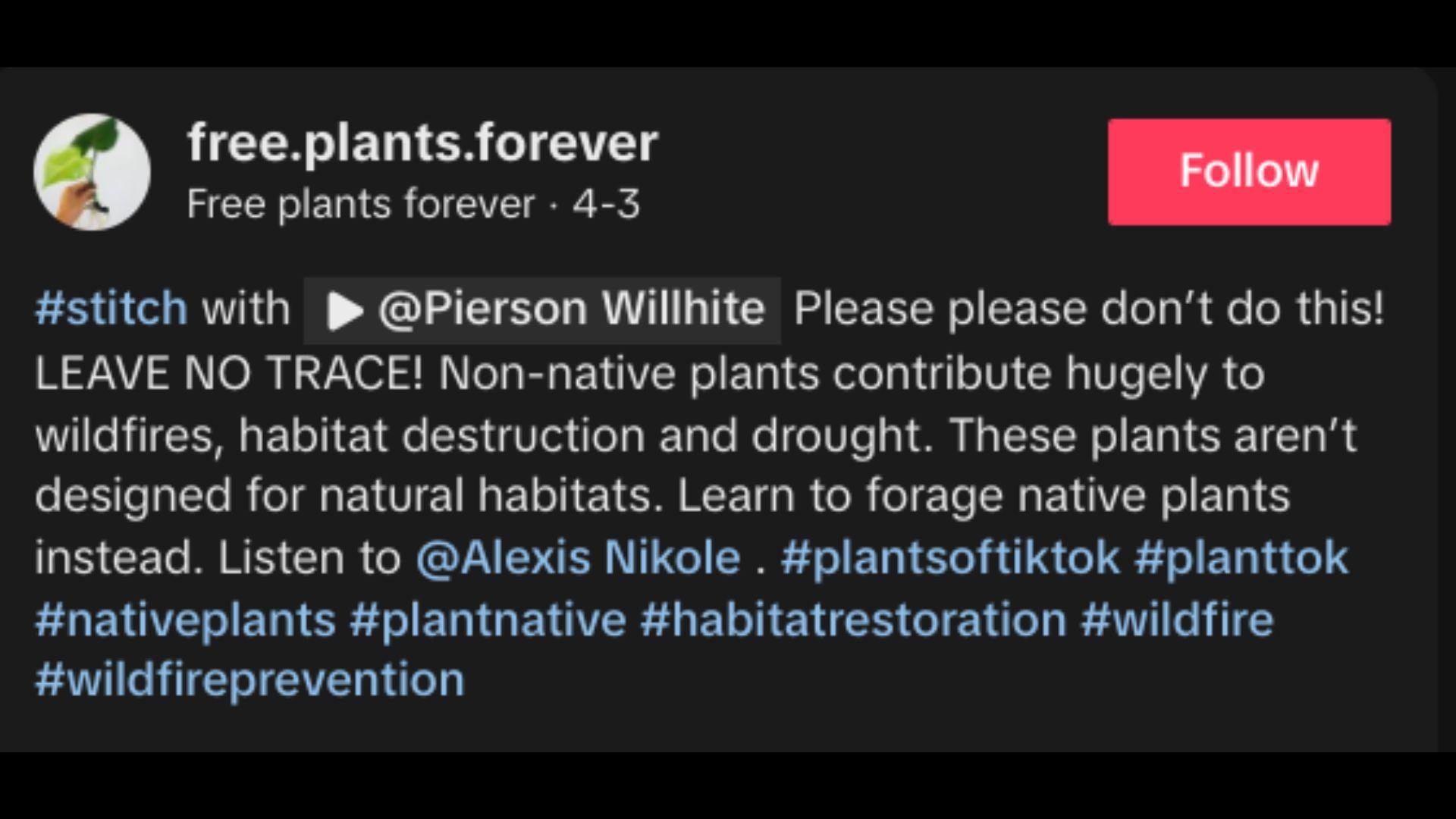
She captioned the video, “Please don’t do this! LEAVE NO TRACE! Non-native plants contribute hugely to wildfires, habitat destruction and drought. These plants aren’t designed for natural habitats. Learn to forage native plants instead.”
But as with any viral video, it’s important to fact-check the alleged claims – so let’s find out if spreading seeds throughout the forest is actually bad for the environment.
What Are Invasive Plants?
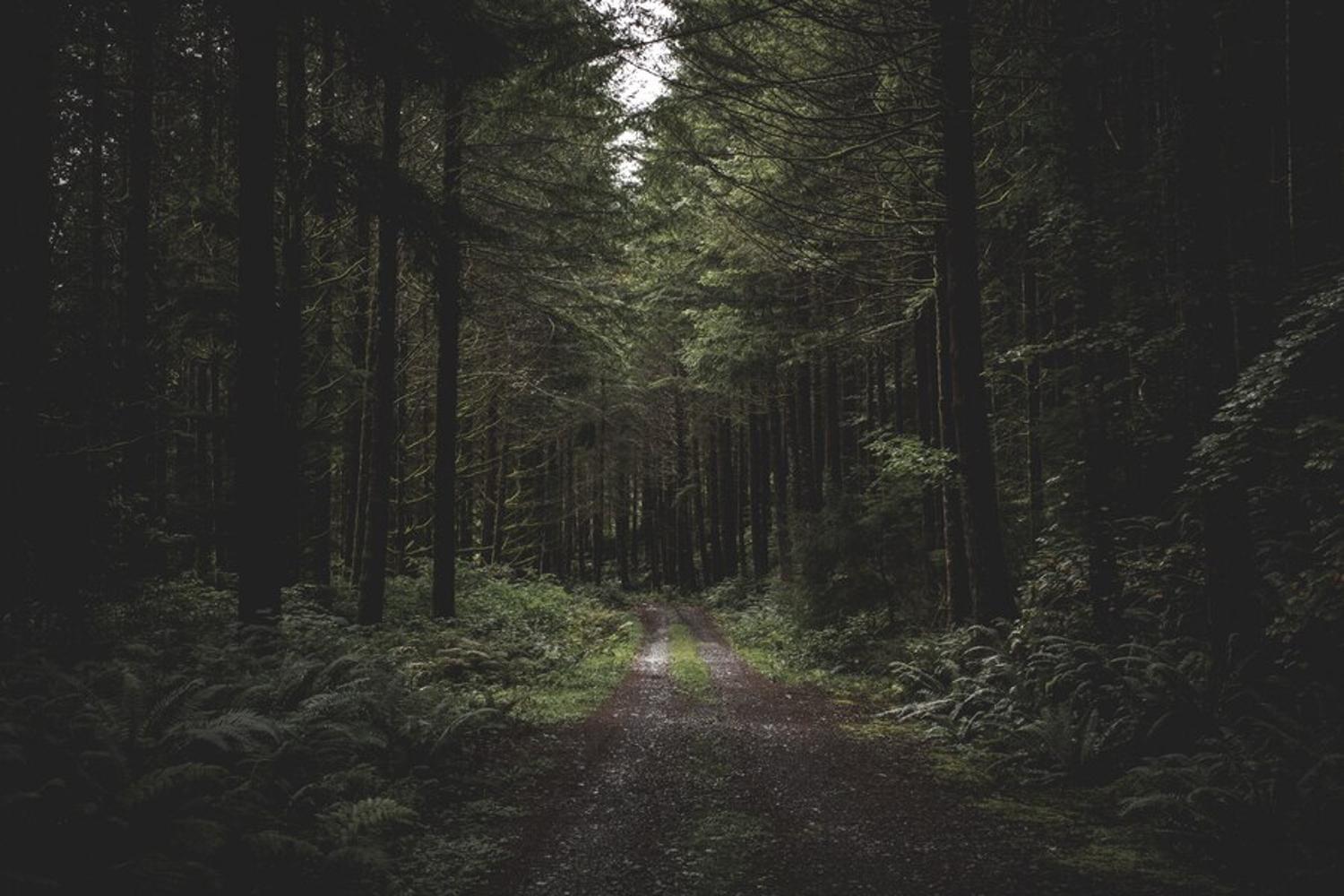
Before diving into the possible risks associated with invasive plants, it’s first vital to understand exactly what they are. Invasive plants are essentially plants that are not native to a specific area.
Throughout the course of history, human beings have planted several kinds of invasive plants all over the globe for their own convenience, such as pine trees for lumber, wheat for harvesting, flowers for medicinal purposes, and much more.
Invasive Plants Can Cause Substantial Harm to the Natural Ecosystem
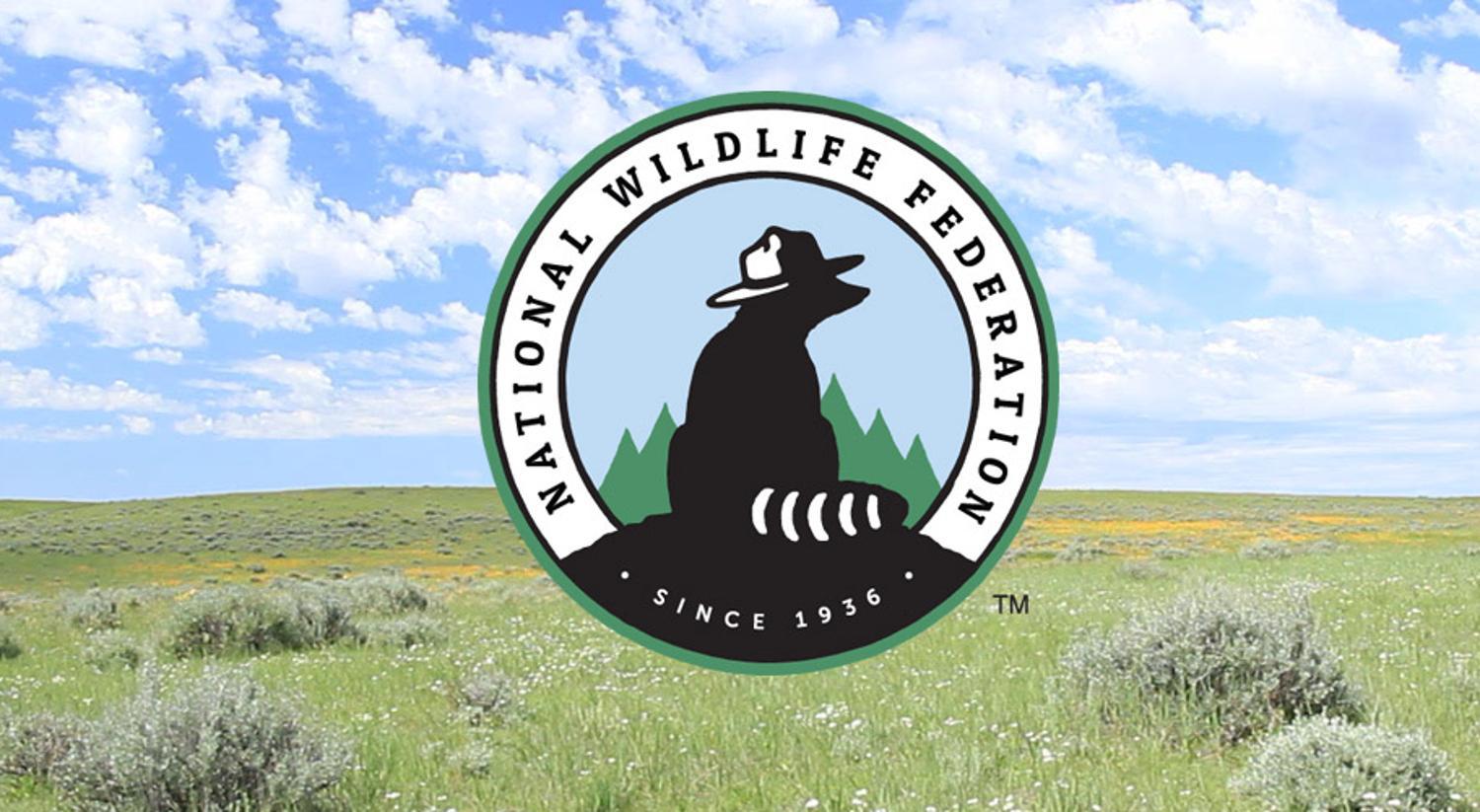
However, it’s become glaringly clear that these plants actually do a lot more harm than good. According to the National Wildlife Federation, non-native plants have three major negative side effects.
First, they can spread quickly and overtake natural plant growth. Second, they can impact native wildlife. Finally, they can ruin crops and cause aggressive wildfires.
How Do Non-Native Plants Ruin a Natural Ecosystem?
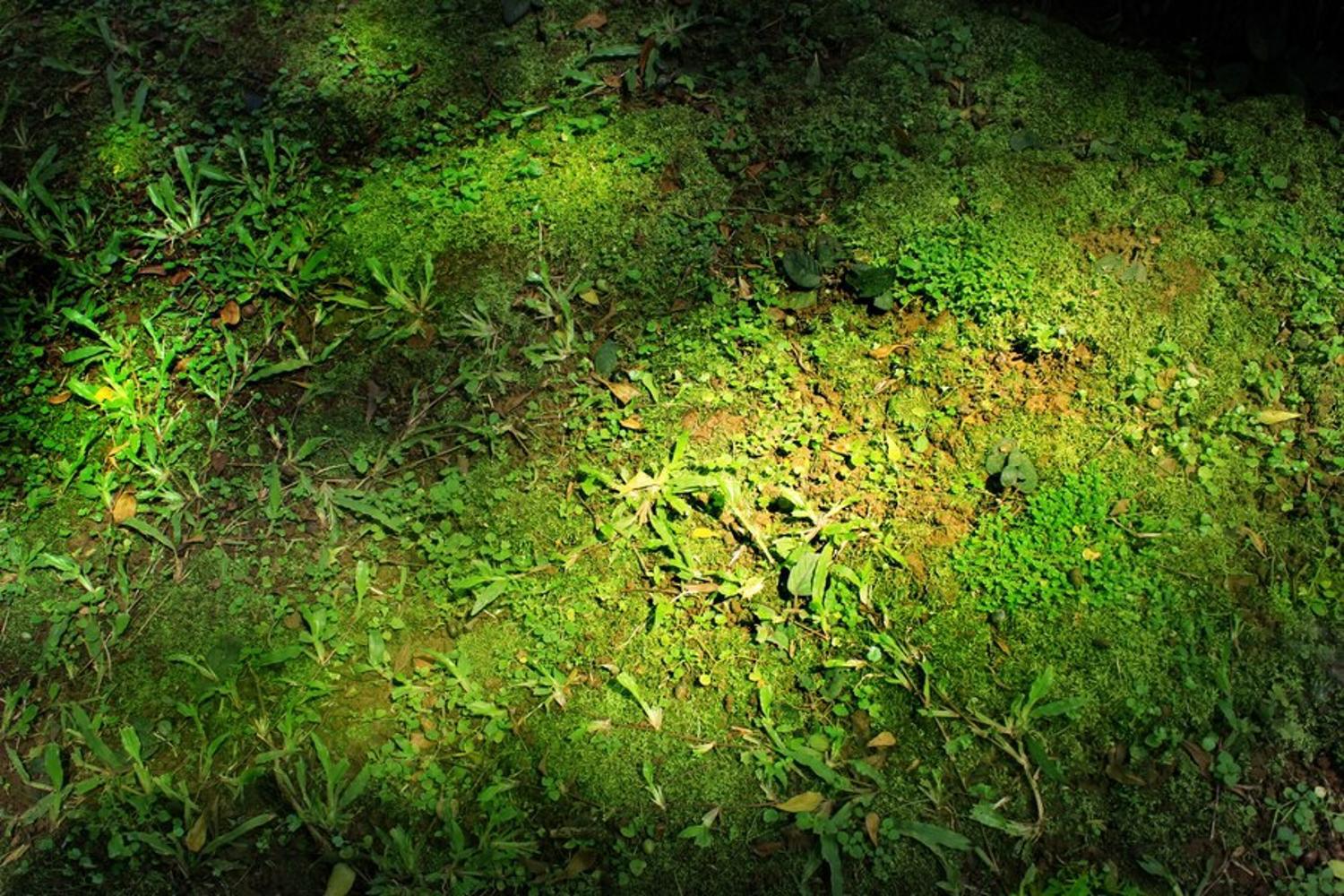
When plants live in their natural ecosystem, they work hand-in-hand with the other plants around them and thrive by sharing what each species has to offer.
However, when a plant is transported to an entirely new environment, it does not have the same relationship with the native plants and, therefore, becomes invasive. These plants can quickly take over an entire yard, garden, or even parts of a forest if left unattended, killing any other plants in their paths.
Invasive Plants Can Impact the Native Wildlife
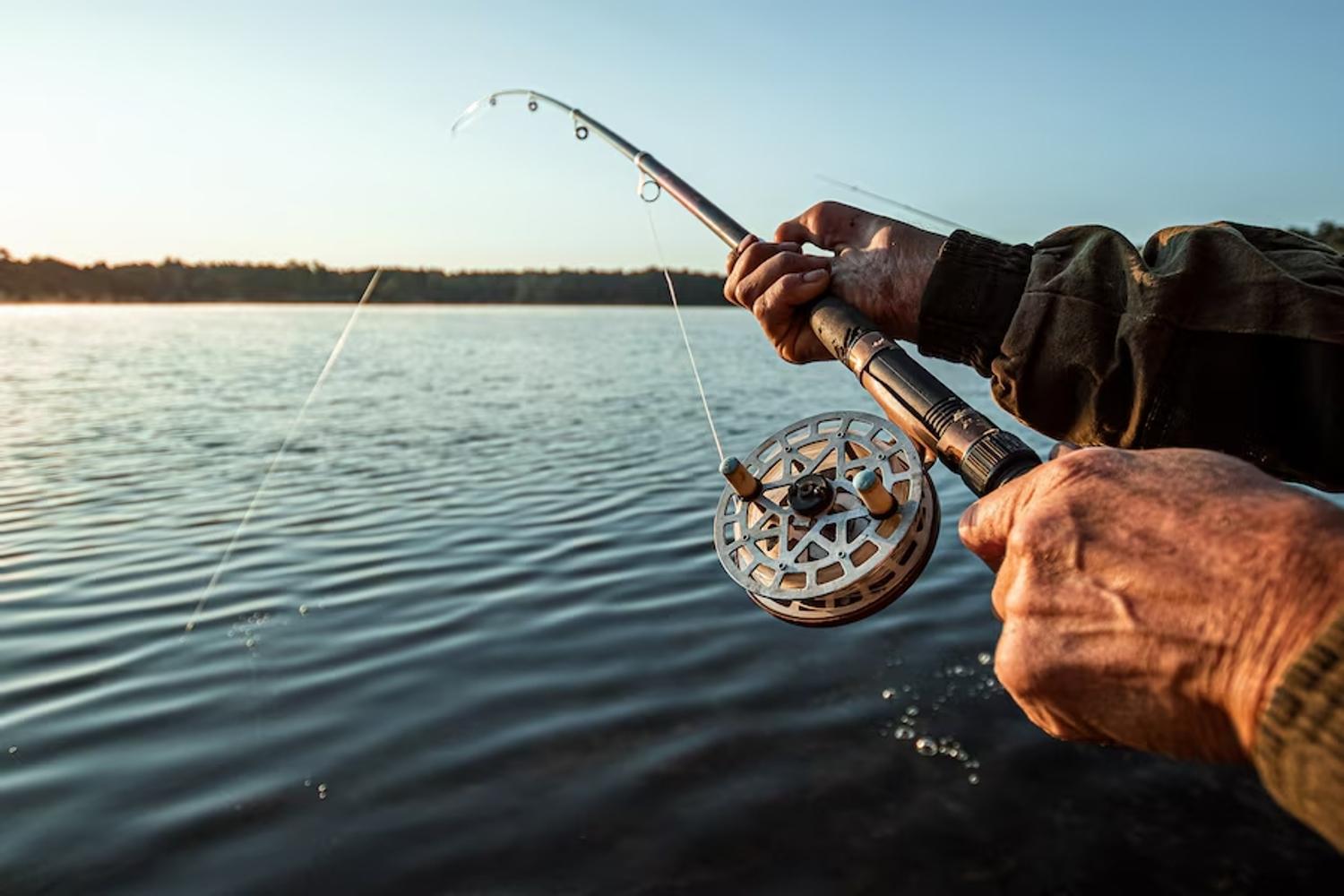
Additionally, non-native plants can negatively impact local wildlife. If a plant takes over the native plants around it, an entire food source for animals could be eliminated within just one season.
As the National Wildlife Federation explained, “Invasive species can change the food web in an ecosystem by destroying or replacing native food sources. The invasive species may provide little to no food value for wildlife.”
Non-Native Plants Can Gravely Affect Crop Yields
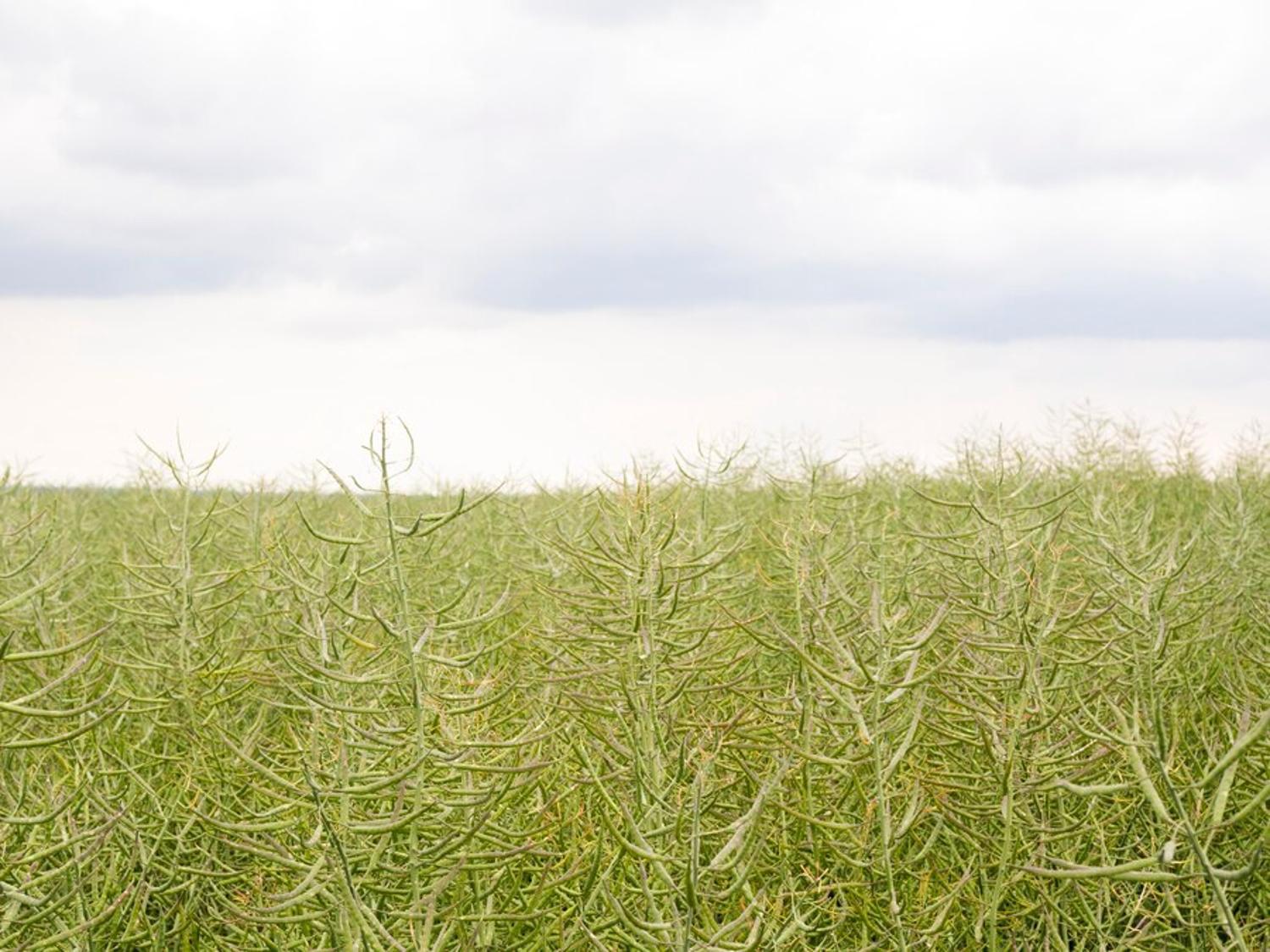
Invasive plant species don’t just affect the natural world; they can also wreak havoc on the local agricultural industry.
The California Invasive Species Center explains, “Invasive plants also pose threats to agriculture due to their ability to spread quickly, out-compete crop and forest plants, and deteriorate soil quality.”
Native Plants Are One of the Main Causes of Extensive Wildfires

Finally, as @free.plants.forever explained in her video, invasive plants and even invasive animal species are known to lead to extensive and all-consuming wildfires. One paper proved that invasive species were to blame, at least in part, for the recent fires in California and Maui.
Because these plants aren’t native to the area, they exacerbate fires by creating excessive buildup on the floor of the forest. One report showed that only eight species of non-native grass in the US increased wildfires from 27% to 230%.
Want to Spread Seeds? Make Sure They’re Native to That Area
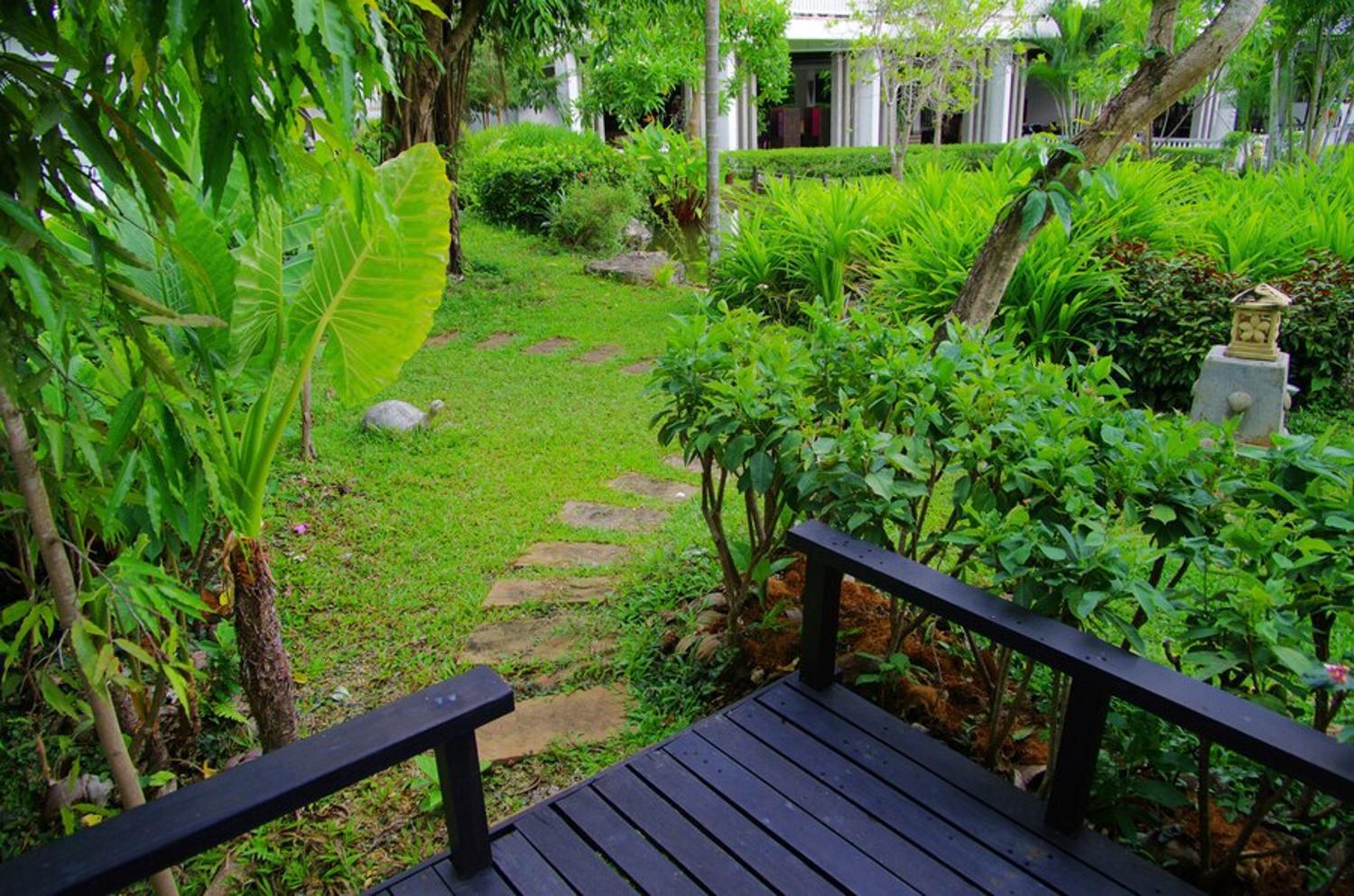
While the man in the original video was clearly trying to do something helpful, the science shows that simply planting random plants absolutely does not help an environment. In fact, as @free.plants.forever explained, it can cause substantial harm.
Therefore, before planting anything, whether in your yard or in the wild, it’s important to learn about the native species in your area.
Taking Care of the Planet Means More Than Just Planting Trees

You may have heard over the years of people “rewilding” their yards or planting trees to support and protect the planet. However, this story highlights the fact that simply sowing seeds isn’t enough to take care of Mother Nature.
Instead, it’s crucial that we learn and truly understand our planet’s natural ecosystems and help those systems thrive. Planting trees is great; just make sure they are native species before you dig in.








































